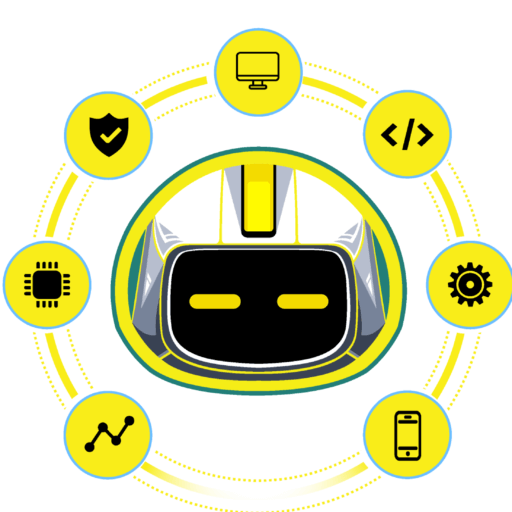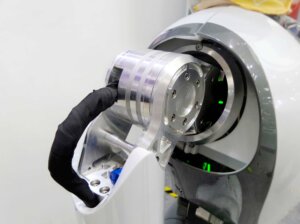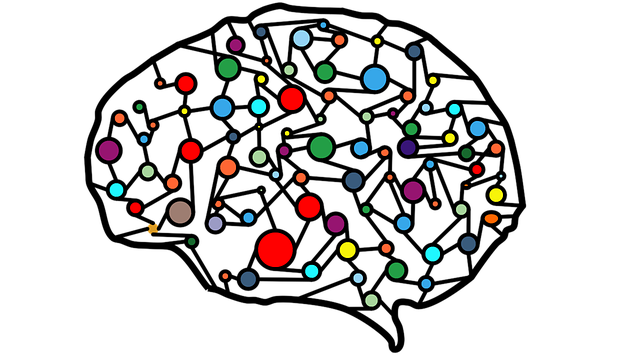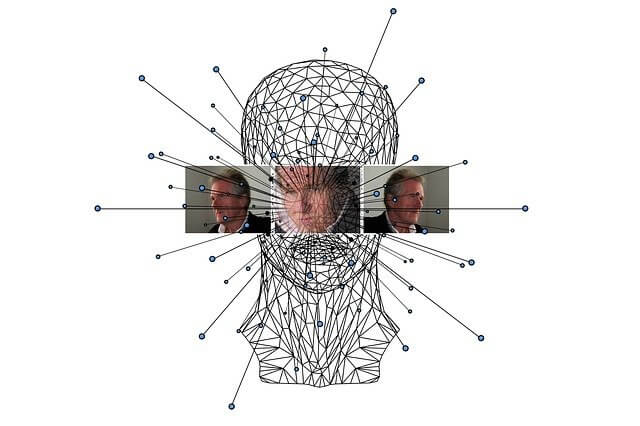What is Deep Learning?
Deep learning, an innovative Artificial Intelligence strategy has grown in popularity in recent years. Due to vast information and enhanced computational complexity. It’s the driving force behind most implementations. We often use, such as online translation software and social networks face-tagging.
According to a few other references, Frank Rosenblatt studied and reported every fundamental component of contemporary deep learning models. In 1962, Cornell Aeronautical Research lab Inc. Cornell University wrote his first book “Principles of Neurodynamic: Perceptrons and the Theory of Brain Mechanisms.”
This innovation has also proven helpful in the medical field. Deep learning was used previously this year by computer programmers at the Massachusetts Institute of Technology (MIT). To establish a new software program for breast cancer detection.
How You Can Make Deep Learning Functional?
Deep learning will have developed in combination with the internet age. Which has resulted in an enormous amount of information across all forms or even through all corners of the globe. This data colloquially classified as big data has been derived from various sources. Including social networks, internet websites, e-commerce portals, and online theaters among many others.
This vast quantity of information is widely obtainable. It can be exchanged via fintech systems such as cloud computing. Nevertheless, the information that will be typically unstructured has become so massive. This could start taking humans centuries to understand and extract useful information from it.
Companies recognize the enormous possibilities that can realize by unlocking this prosperity of data and are rapidly moving to AI systems for online systems.
Is Deep Learning Helpful In Real Life?
Deep learning uses various signals to prevent attacks, including IP address, credit rating, wholesaler, and sender to list a few. It will analyze the quantity sent during the first layer of all know artificial neural systems.
This should expand on this data in a second level. For example, by including the Internet address. Finally, the credit rating should add with the original details in the third layer so that when a determination made.
Neural System & Deep Learning:
Deep Neural System – A deep learning model is a neural network with a high level of difficulty (having multiple hidden layers between input and output layers). They have the ability to model and methodology non-linear interactions.
DBN (Deep Belief Network) – It is a Neural Networks class. It made up of multi-layer structure-activity relationships.
The following are the steps for operating DBN:
- Using the Contrastive Divergence methodology, learn a coating of functionalities from recognizable units
- Consider training data feature detections to be visible components, and instead learn functionalities of features.
- Eventually, once the learning only for final hidden units is complete, the entire DBN is instructed.
Repeating (perform the same task for every element of a sequence) Neural Network – A type of computer that can serve both parallel and serial computations. Identical to the human brain (extensive feedback network of connected neurons). Those who can remember crucial points about the information they obtained, allowing them to be much more accurate.
Hardware Specifications For Deep Learning:
Deep learning necessitates a bulky quantity of data. Therefore, more outstanding graphical processing units (GPUs) are appropriate since they all manage many computations across different processes with plenty of memory. Even so, handling multiple GPUs places a significant strain on internal capabilities and is prohibitively expensive to level.
IBM or Deep Learning:
IBM should already be a leading light during the advancement of AI techniques and deep learning for centuries, as evidenced by the creation of IBM Watson. Among the first achievements, Watson has become a trusted quick fix for companies searching to practice advanced standard morphology processing moreover machine learning methodologies via their processes through a demonstrated distressed strategy to AI acceptance or formulation.
Watson actively constructed deep learning functionalities accessible to application domains by utilizing specific Apache Unstructured Information Management Architecture (UIMA) method or even IBM’s Deep QA tools. Using tools such as IBM Watson Studio or Watson Machine Learning, anyone’s organization exploits extensive information and processing data science tasks into manufacturing while dispatching and running designs on any cloud.
Top 4 Benefits:
- Best problem-solving effectiveness in class.
- It eliminates the requirement for feature engineering.
- Operating expenses eliminate.
- Quickly detects faults that are hard to see.
Top 3 Drawbacks:
- A significant proportion of information required.
- Training is computationally intensive.
- There is no solid theoretical fundamental basis.






